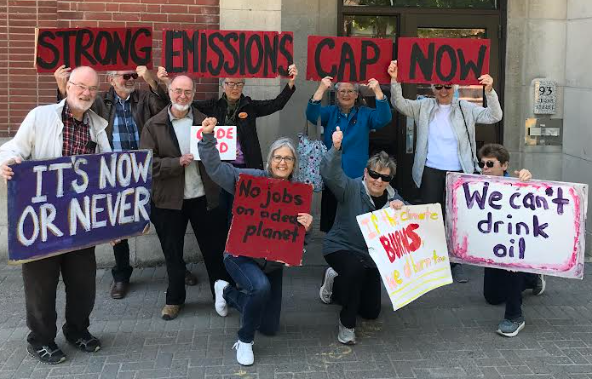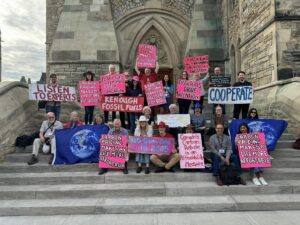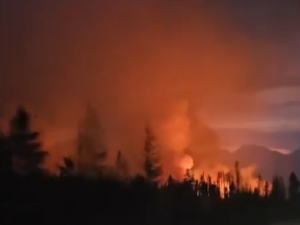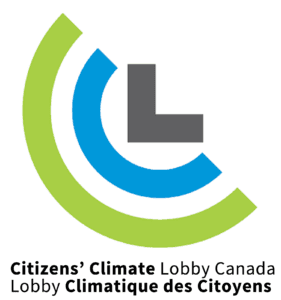–Due February 5, 2024– Our members sent the following to PlanPetrolieretGazier-OilandGasPlan@ec.gc.ca and their MP Points: In 2019, the last reporting year before Covid, the Canadian oil and gas (O&G) sector emitted 171 Mte of GHGs. This was 28% of all of Canada’s GHG emissions, larger than any other sector. These emissions grew by 12% since 2005 while emissions from the rest of the economy shrank by 15%. This is not fair. These emissions are currently subject to carbon pricing fees under the Output-Based Pricing System (OBPS) of the Greenhouse Gas Pollution Pricing Act, but the fees are small. According to Corporate Knights, under the OBPS, in 2020 Suncor Energy paid only a 16 cent carbon fee on a barrel of oil selling for C$60. The status quo is not working to constrain GHGs from the O&G sector. This does not include the additional, much larger, GHG emissions from the subsequent burning of O&G products. The Regulatory Framework proposes setting up a national cap & trade system for the O&G sector with regulations under the Canadian Environmental Protection Act which has been used to address a wide range of environmental protection issues. The proposed system is intended to impose a cap on GHG emissions from the O&G sector, not a cap on O&G production. The regulations will cover emissions from all Liquified Natural Gas facilities, and all mid to large upstream O&G facilities (but not refineries) which represent about 85% of the sector’s emissions. It will cover carbon dioxide, methane, nitrous oxide and other GHGs. The initial cap on emissions is proposed to be set between 106-112 Mte by 2030, which would be a 35-38% reduction on 2019 emissions. The government believes this is technically achievable through carbon capture, reduced flaring, electrification of O&G processing, and actions taken to reduce methane by 75% in accordance with recently proposed amendments to methane regulations. The government says that the proposed O&G emissions reduction would enable Canada to meet its current Paris Agreement commitment of a 40-45% reduction in Canada’s total emissions by 2030. However, the proposed regulations also include “compliance flexibilities” (described below), which would allow the industry to exceed the proposed 2030 emissions cap by up to 25 Mte. As a result, the total emissions that a facility can emit (the so-called “legal upper bound”) in 2030 would be 106 to 112 Mte (the cap on emissions) plus 25 Mte (compliance flexibilities) = 131 to 137 Mte. This higher level of emissions would represent only a 20-23% reduction on 2019 levels, but the government insists that it would still comply with Canada’s Net Zero by 2050 scenario and aligns with all other Paris commitments. The O&G sector also says that they are going to Net Zero by 2050 and they currently have record profits to help them pay for the investments needed to get them there, plus a promise of large tax breaks and other incentives from federal and provincial governments. The compliance flexibilities included in the proposed regulations include: Draft regulations for the O&G cap are expected mid-2024, with final regulations published in 2025. The government is still considering “how to phase in the system between 2026 and 2030.” While the government says this is fast, the policy was first announced by the government in August 2021, and this delay in regulations pushes us right up against the first reduction target in 2030. The Pembina Institute says that this regulatory proposal is “responsible and realistic.” The Canadian Climate Institute says that it is “reasonable,” “sensible,” and “necessary,” but there must be “no further delay.” Greenpeace Canada says it has “weak targets” and “loopholes.” Sierra Club Canada says it is “needed,” “do-able,” “fair,” “the most important of all climate policies,” but is coming “too late,” and has unacceptable loopholes. OPEN LETTER: Comments on Canada’s Guidelines for Emissions Caps in the Oil and Gas Sector
Background:
On Dec 7, 2023, the federal government published a Regulatory Framework for an Oil and Gas Sector Greenhouse Gas Emissions Cap. They are inviting comments from the public until Feb 5, 2024.
OPEN LETTER: Comments on Canada’s Guidelines for Emissions Caps
Home » CCL Canada News » OPEN LETTER: Comments on Canada’s Guidelines for Emissions Caps
OPEN LETTER: Comments on Canada’s Guidelines for Emissions Caps
Posted on January 10, 2024 in Open Letter












